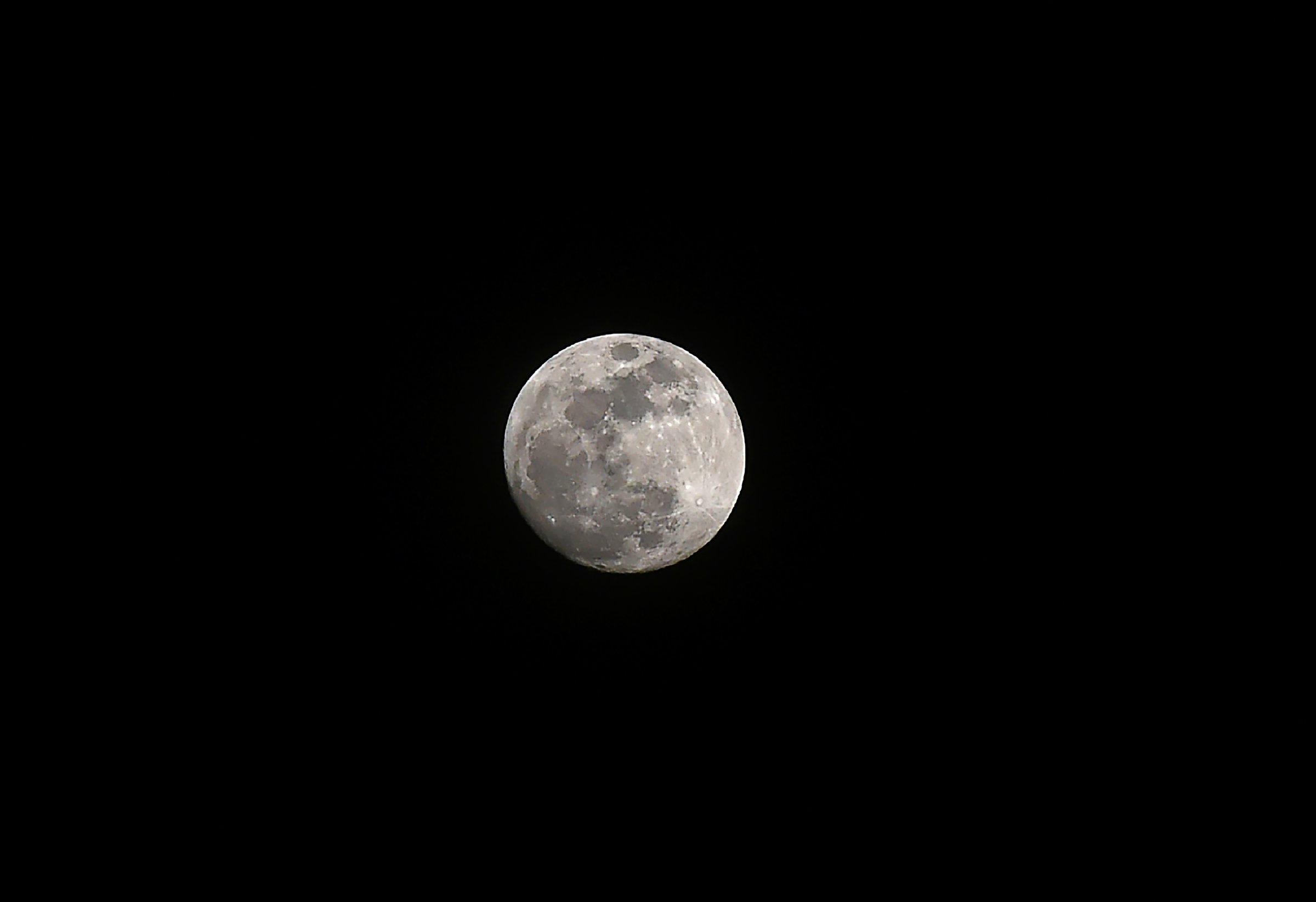
Sky watchers will see the moon looking brighter and larger on January 31 when three lunar events — including a supermoon — coincide for the first time in 35 years.
But what exactly is a supermoon?
A supermoon is a full moon at its closest point to Earth during its orbit, according to Space.com. While the supermoon will look larger and give off more light on January 31 than a regular full moon, the difference can be hard to spot with the naked eye.
But the upcoming supermoon will be extra special because it is also a blue moon — the second full moon in a calendar month — and a blood moon, a moon which occurs during a lunar eclipse.
A lunar eclipse happens when the Earth moves between the sun and the moon, blocking sunlight from hitting the moon. As this happens, the moon takes on a reddish color, which is how it got the name “blood moon,” according to Space.com.
Because the January 31 supermoon is occurring during a lunar eclipse, and is also a blue moon and a blood moon, it is being called a “super blue blood moon.”
The upcoming supermoon is the third of 2018 and will complete the “supermoon trilogy,” according to NASA. The last two supermoons occurred on January 1 and December 3.
More Must-Reads from TIME
- Cybersecurity Experts Are Sounding the Alarm on DOGE
- Meet the 2025 Women of the Year
- The Harsh Truth About Disability Inclusion
- Why Do More Young Adults Have Cancer?
- Colman Domingo Leads With Radical Love
- How to Get Better at Doing Things Alone
- Michelle Zauner Stares Down the Darkness
Write to Mahita Gajanan at mahita.gajanan@time.com